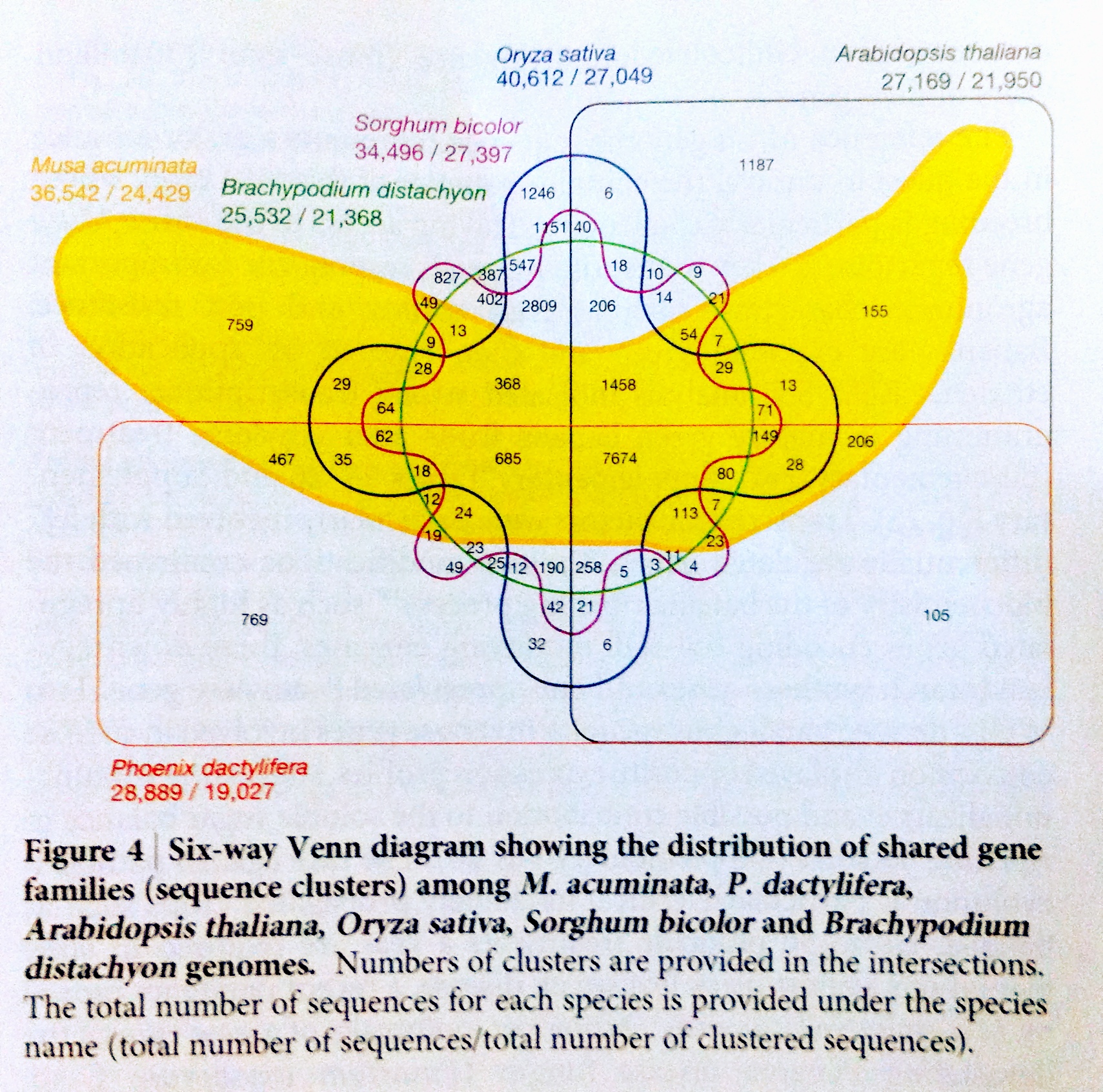I only barely understand the basic concept of time crystals (a material comparable to normal crystals except that instead of breaking symmetry in space like a salt crystal or diamond, they grow and pulse on their own accord in time without needing external energy input?) so this paper in Nature Materials is waaaay over my head, but it seems remarkable that this field has gone from entirely theoretical in 2012 to “oh we can make those now, and even make them visible to the naked eye” in 2025. Even with so much awful happening in the world these days, it’s nice to have a reminder of wonder and entirely new discoveries…
Tag: science
-
Space-time crystals from particle-like topological solitons
-
Max Planck Society: Glyph
Getting burned out on playing Wordle? Want something that’s more about the letters individually? Want to play around with taxonomies of multicultural letterforms for the sake of science? (who wouldn’t??)
Glyph is a newly-launched game that will help researchers better understand how crowdsourced individuals around the word perceive the shapes, texture, and patterns of letters from 45 different written languages. The video below explains how it works:
-
Lippmann Photography — First Color Spectrum Photos
In the 1890s the French physicist Gabriel Lippmann devised a new method of taking photographs that led to the first photographic recording of color:
Lippmann’s color photography process involved projecting the optical image as usual onto a photographic plate. The projection was done through a glass plate coated with a transparent emulsion of very fine silver halide grains on the other side. There was also a liquid mercury mirror in contact with the emulsion, so the projected light traveled through the emulsion, hit the mirror, and was reflected back into the emulsion.
The resulting plates are pretty cool looking, as seen in the video — very similar to the discovery of holography decades later — and technically they record a wider spectrum of color than our standard modern imaging techniques. He won the Nobel Prize in 1908 for his research, but the method was largely shelved due to the complexity of the process and the inability to make color prints, which also didn’t appear commercially until much later.
In 2021 researchers at the Ecole Polytechnique Fédérale de Lausanne published a paper on their research into Lippmann’s images, including a new method that lets us see the images closer to the original color captured in the photographic scene.
Side trivia: among Lippmann’s doctoral students at the Sarbonne was Maria Sklodowska, later a winner of multiple Nobel prizes herself, under her better-known married name: Marie Curie!
-
Harvesting Metal from Plants
From the NY Times, one of the more interesting science reports I’ve read lately: there exist a number of species of plants that thrive in metal-rich environments, soaking up the heavy elements that can then be harvested and used for industrial purposes (traditional farming has a lot of downsides, but perhaps not as many as mining operations?).
Slicing open one of these trees or running the leaves of its bush cousin through a peanut press produces a sap that oozes a neon blue-green. This “juice” is actually one-quarter nickel, far more concentrated than the ore feeding the world’s nickel smelters.
This quote is evocative of the “speculative fiction” sound this makes:
The language of literature on phytomining, or agromining, hints of a future when plant and machine live together: bio-ore, metal farm, metal crops. “Smelting plants” sounds about as incongruous as carving oxygen.
-
Timekeeping with electron spin states in diamond
From Physical Review A, a new method for keeping precise (like nearly atomic clock precise) time using a diamond and a laser:
Frequency standards based on atomic states, such as Rb or Cs vapors, or single-trapped ions, are the most precise measures of time. Here we propose and analyze a precision oscillator approach based upon spins in a solid-state system, in particular, the nitrogen-vacancy defect in single-crystal diamond.
Oh good, now if Jay-Z is still worried about his Rolleys that don’t tick-tock, or his Audamars that’s losing time hidden behind all those big rocks, he can just shoot a laser at them.
(yep, I just attempted a Watch the Throne / Nature magazine crossover joke. goodnight, everybody!)
-
Six Way Banana Venn Diagram

This Venn bananagram (?) might be my favorite infographic of 2012. Science!
(From a Nature article on mutations of the banana genome and the evolution of related plants. Also available as a high-res graphic or PPT slide for the banana-science-inclined…)
-
Slime Mold Music
What happens if you grow slime mold on electrodes hooked into a sound oscillator? This, evidently. Slime mold music. Science!
The recorded signals from the electrodes were eventually fed into an audio oscillator, with each recording representing a different frequency. By mixing the sounds generated from all of the recordings the researchers were able to create an eerie type of music – reminiscent of the sound effects used on early science fiction movies. As an added feature, the researchers report that they can cause different sounds to be generated by shining light on different parts of the mold, in effect tuning their bio-instrument to allow for the creation of different types of music.
I’ll picture the setup looking something like a Bleep Labs Bit Blob.
(Via arXiv)
-
The Bandwidth of Foraging Ants
In other insect news, a case of life imitating (well, at least acting similar to) network transmission protocols:
This feedback loop allows TCP to run congestion avoidance: If acks return at a slower rate than the data was sent out, that indicates that there is little bandwidth available, and the source throttles data transmission down accordingly. If acks return quickly, the source boosts its transmission speed. The process determines how much bandwidth is available and throttles data transmission accordingly.
It turns out that harvester ants (Pogonomyrmex barbatus) behave nearly the same way when searching for food. … A forager won’t return to the nest until it finds food. If seeds are plentiful, foragers return faster, and more ants leave the nest to forage. If, however, ants begin returning empty handed, the search is slowed, and perhaps called off.
(Via ACM TechNews)
-
Random Numbers Through a Quantum Vacuum

Your random number generator not truly random enough for you? Maybe you should try some of the numbers coming off of the Australian National University’s quantum vacuum randomization server. Nothing like minute variations in a field of near-silence to get some unfettered randomness, I guess. They offer access to the vacuum through a few different forms of data – seen above is a chunk of their randomly-colored pixel stream. Science!
(Via Science Daily)
-
Internet Protocol over Xylophone Players

Somehow I missed a lecture and demo of this new networking technology in Austin back in May: Internet Protocol Over Xylophone Players (IPoXP) (PDF whitepaper), which puts a human element in the middle of sending IP packets from one computer to another. From Wired UK:
As an LED lights up, the human participant strikes the corresponding key on the xylophone. Piezo sensors are attached to each xylophone, so that they are able to sense when a note is played on the other xylophone. The Arduino for the receiving computer senses the note and then converts it back into hexadecimal code. And when the second computer sends a return packet, the order of operations is reversed.
The data can be sent at a rate of roughly 1 baud, which is still faster than the earlier, um, IP over Avian Carriers technology.
Assuming the musicians don’t get bored. It takes about 15 minutes to transmit a single packet, assuming the musician doesn’t hit any wrong notes. That’s rare, though, apparently. Geiger told NetworkWorld: “Humans are really terrible interfaces.”
Pedant note: yes, they are using a glockenspiel in the photo above, not a true xylophone, but I guess X is a cooler letter to have in your acronym…
(Via ACM Tech News)
